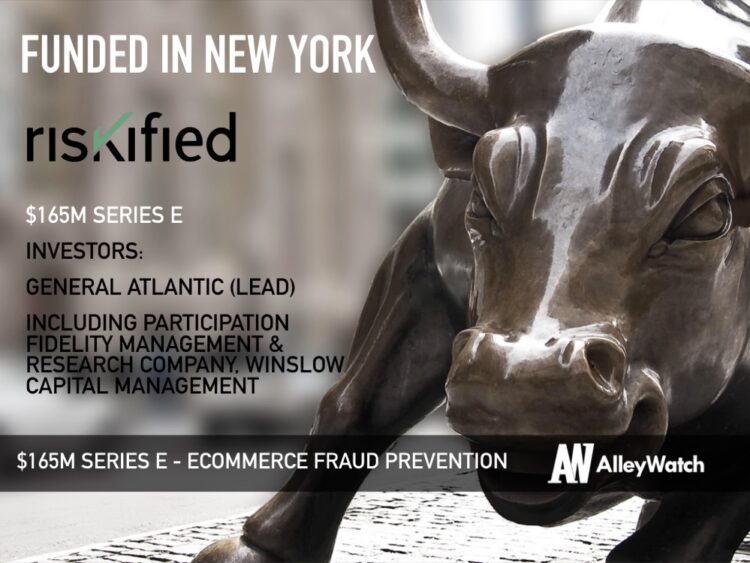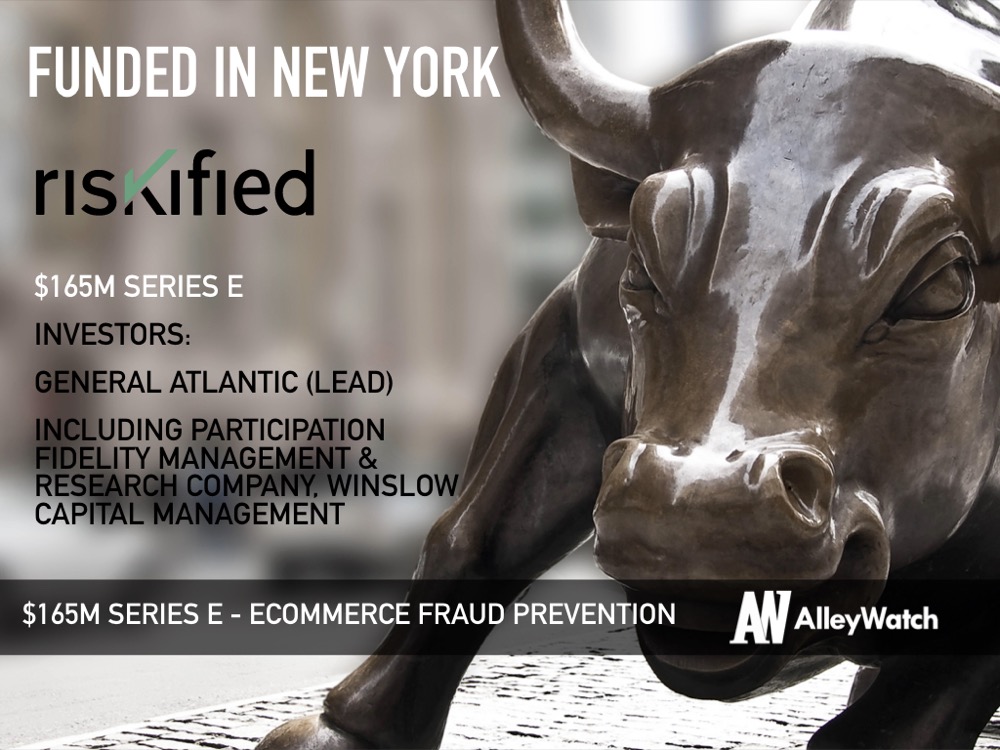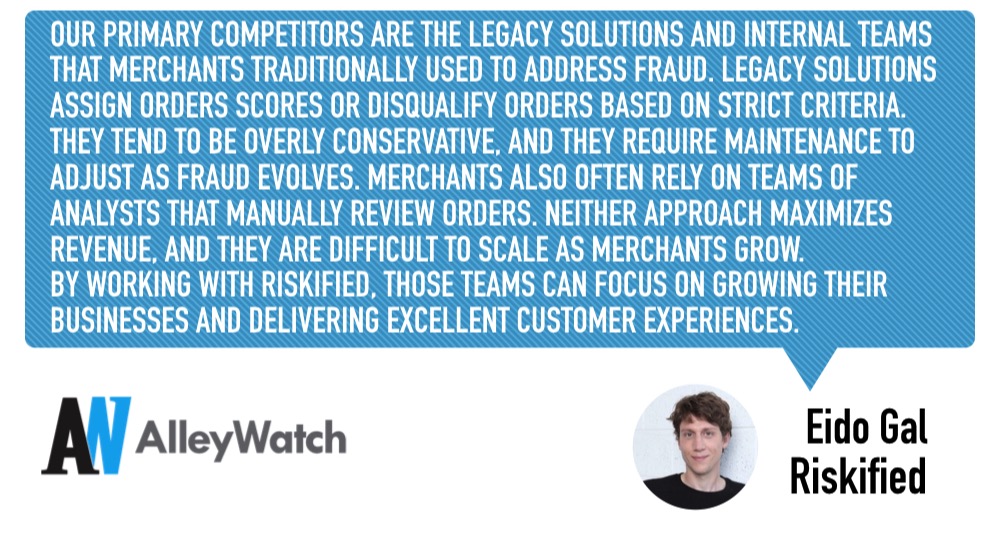According to a report published by Juniper Research, online merchants may lose up to $48B as a result of fraudulent purchases by 2023. This staggering number has many merchants looking for outside help, and one of the top, preventative solutions to emerge is Riskified. Through its automated platform, Riskified reviews merchants’ online activities and compares it to its database (composed of billions of prior transactions) to verify that an order is legitimate. This solution guarantees the legitimacy of international and omnichannel orders. Traditional methods of verifying orders tend to be more conservative, thus resulting in the merchant losing out on potential revenue for false positives. However, Riskified’s algorithm has reviewed merchants’ declined orders and been able to verify 30-70% of that otherwise-lost revenue as legitimate. The company stands behind its technology and refunds loss in any case where the platform approved a transaction incorrectly. Clients include Canada Goose, Wayfair, Wish, and Prada.
AlleyWatch sat down with Cof0under and CEO Eido Gal to learn more about fraud in the e-commerce landscape, Riskfied’s solution, the company’s expansion plans, and latest round of funding, which brings it to unicorn status.
Who were your investors and how much did you raise?
General Atlantic was our lead investor, with participation from Fidelity Management & Research Company, Winslow Capital Management, and our existing investors. We raised $165M in our Series E funding round at a valuation of more than $1B.
Tell us about the product or service that Riskified offers.
Riskified provides a suite of solutions that enable online merchants to increase revenue by approving more orders. We work with enterprise merchants to review online activities (such as account logins and shipping address changes) and transactions. Merchants send us select details of those transactions and we evaluate them against billions of prior transactions to look for indicators of legitimacy. If we determine that the order is legitimate – as in, being performed by the card or account holder – then we recommend the merchant approve the order.
To bring that to life – many merchants are hesitant to sell across borders or offer omnichannel fulfillment. It’s understandable; international and omnichannel orders can have high fraud rates, and merchants are liable for any losses they sustain due to that fraud. We review those transactions for indicators of legitimacy, and then we guarantee the results. If we give a merchant an “approve” recommendation, and we’re wrong, we’ll refund the loss.
We do that across the purchase funnel, so we’re also protecting merchants’ customer accounts, helping them re-review declined orders, offering a solution for bank declines and even representing them in the case of disputed purchases. All of this is fully automated, meaning that merchants can safely grow as fast as they are able.
 What inspired you to start Riskified?
What inspired you to start Riskified?
My cofounder – Assaf Feldman – and I started Riskified because we saw a gap in the marketplace, and we thought we had a better way. We had experience with fintech and fraud prevention, and we believed that merchants were taking the wrong approach to fraud. Fear of loss meant that they were declining far more orders than they should – essentially turning away legitimate customers – and they were using inefficient, outdated tools to do so, costing them not just those orders but lifetime value from those rejected customers.
We believed that we could take state-of-the-art technology and help them recoup the significant revenue they were declining. And that’s exactly what we did. We began working with e-commerce merchants to review their declined orders, and we found that we were able to approve 30-70% of that otherwise-lost revenue.
In doing so, we helped to shift the conversation away from “fraud losses” and to the much larger problem of “false declines.” Once we began having success helping merchants manage fraud, we started looking for other ways to increase revenue and make e-commerce more efficient.
Who do you consider to be your primary competitors?
Our primary competitors are the legacy solutions and internal teams that merchants traditionally used to address fraud. Legacy solutions assign orders scores or disqualify orders based on strict criteria. They tend to be overly conservative, and they require maintenance to adjust as fraud evolves. Merchants also often rely on teams of analysts that manually review orders. Neither approach maximizes revenue, and they are difficult to scale as merchants grow.
By working with Riskified, those teams can focus on growing their businesses and delivering excellent customer experiences.
How is Riskified different?
Our biggest differentiator is that we’re extremely focused on increasing revenue. We constantly look for ways to increase approvals and help our clients realize more sales. We believe that we succeed when they succeed, and we want to help more people take advantage of e-commerce by successfully completing their orders.
Moreover, we pioneered the chargeback-guarantee model, and we remain fully dedicated to it. Some fraud solutions offer scoring (where orders are given a fraud score, and the merchant is left to decide). We don’t do that. We give merchants a clear “approve” or “decline” recommendation, and we guarantee our decisions. That means that we see all the orders we decision from start to finish. If we’re wrong, we learn about it when a merchant redeems our guarantee. That’s important because it means we can feed that correct decision back into our machine-learning models and get more accurate over time. That increases our performance and merchant revenue.
We give merchants a clear “approve” or “decline” recommendation, and we guarantee our decisions. That means that we see all the orders we decision from start to finish. If we’re wrong, we learn about it when a merchant redeems our guarantee.
Finally, we haven’t seen another solution in the market that offers the depth and breadth of our solution. We’re helping merchants protect themselves and increase revenue from account creation through checkout and beyond. Taken together, our suite of solutions multiplies the benefits, and merchants gain higher approval rates and more revenue than they could by mixing and matching.
What market does Riskified target and how big is it?
We target the world’s largest enterprise merchants across all geographies and nearly all industries. We’re particularly valuable for merchants that sell internationally, want to offer omnichannel flows and operate in industries with high rates of fraud.
What’s your business model?
We charge a small fee for an approved and guaranteed transaction.
What was the funding process like?
We were in a great position because our financials are very strong. We’ve been hovering around profitability and still have most of the money from our last round. That meant that we were able to focus on finding the right investors and the right deal that would put us in an even better position to succeed. We found it, and we’re very excited about what we’ll be able to do with these resources and flexibility.
What are the biggest challenges that you faced while raising capital?
The biggest challenge was helping the market understand who we are and what we do. Chargeback-guarantee fraud prevention, false declines, bank declines – these are all fairly new concepts, and we had to do a lot of market education. Once investors understood the scope of the problem and the value we create for our customers, it got a lot easier. Ultimately the round was oversubscribed.
Chargeback-guarantee fraud prevention, false declines, bank declines – these are all fairly new concepts, and we had to do a lot of market education. Once investors understood the scope of the problem and the value we create for our customers, it got a lot easier. Ultimately the round was oversubscribed.
What factors about your business led your investors to write the check?
It was the combination of realized performance and considerable potential that convinced investors. Riskified has experienced hyper-growth, with a 250% CAGR over the past five years. Our ARR surpassed $100M in 2018 and we reached that milestone faster than many startups that have since become household names. We managed that level of growth while also achieving profitable quarters and having an extremely strong balance sheet. I think those two things together convinced investors that we aren’t a flash in the pan.
What are the milestones you plan to achieve in the next six months?
We’re planning to have a new office in Shanghai before the end of 2019. Asia is the next target geography for many e-commerce merchants, and it’s a huge growth area.




